How to Mentally Prepare for a Self-Defense Situation?
In today’s unpredictable world, being prepared for a self-defense situation is not just about physical strength or martial arts skills; it's also about having the right mental attitude. Imagine walking down the street, and suddenly you find yourself in a threatening situation. How would you react? Would you freeze, or would you spring into action? This article explores essential strategies and mental techniques that can enhance your preparedness for self-defense situations, ensuring that you can respond effectively and confidently when faced with potential threats.
Mental readiness is crucial in self-defense. It’s not just about knowing how to throw a punch or escape a hold; it’s about your mindset when faced with confrontation. The ability to remain calm and collected can significantly impact your ability to react effectively. Think of it this way: if your mind is cluttered with fear and doubt, your body may not respond as you wish. Cultivating a strong mindset can be your greatest ally. It empowers you to assess situations quickly and make decisions that could potentially save your life. Without mental readiness, even the most skilled fighter can falter. So, how do we build this mental fortress?
Visualization techniques can help prepare your mind for real-life situations. Just like athletes visualize their performance before a big game, you can imagine various self-defense scenarios to enhance your response time and decision-making skills. Picture yourself in a crowded area, suddenly confronted by an aggressor. What do you do? By mentally rehearsing these situations, you can train your brain to react instinctively rather than relying on conscious thought alone. This practice can make a world of difference when the stakes are high.
Mental rehearsals involve vividly imagining yourself responding to threats. Picture yourself standing your ground, using your training to diffuse the situation or escape unharmed. The more detailed your rehearsal, the better prepared you will be. Imagine the sights, sounds, and even the emotions you might feel. This mental practice can improve your confidence and instinctual reactions during actual confrontations. Think of it as a dress rehearsal before the main performance; you wouldn’t go on stage without preparation, right?
Breathing techniques play a vital role in calming nerves. When faced with a potential threat, your body may respond with a rush of adrenaline, making it difficult to think clearly. Controlled breathing can help maintain focus and reduce anxiety in high-pressure situations. Try this: inhale deeply through your nose for a count of four, hold for four, and exhale through your mouth for a count of four. Repeat this process until you feel your heart rate slow. This simple technique can ground you, allowing you to assess the situation more clearly.
Establishing personal boundaries is essential for self-defense. Knowing your limits empowers you to recognize and react to potential threats more effectively. What makes you uncomfortable? What are your non-negotiables? By defining these limits, you create a mental framework that can guide your decisions in a confrontation. For instance, if someone invades your personal space, recognizing that boundary can trigger an instinctual response, allowing you to act before the situation escalates.
Situational awareness is key to self-defense. It’s about being aware of your surroundings and recognizing potential dangers before they become threats. Developing this skill requires practice and mindfulness. Start by paying attention to the people and environment around you. Are there any unusual behaviors? Is someone watching you? By honing your situational awareness, you can respond proactively, rather than reactively, which can make all the difference in a self-defense situation.
A positive mindset can enhance your performance in self-defense situations. It’s easy to feel overwhelmed by fear, but cultivating optimism and resilience can improve your overall confidence. When you believe in your ability to handle a situation, you’re more likely to act decisively. Techniques such as positive affirmations can reinforce this mindset. Instead of thinking, “I can’t handle this,” train yourself to say, “I am capable and strong.”
Positive affirmations and self-talk can reinforce your mental strength. This technique involves repeating phrases that uplift and empower you. For example, telling yourself, “I am prepared for any situation” can boost your self-esteem and readiness for potential confrontations. Your mind is a powerful tool; use it to your advantage. Just like a coach motivates their team, you can be your own cheerleader.
Reflecting on past experiences can provide valuable insights. Think back to any previous encounters, whether they were confrontational or simply made you feel uneasy. What did you learn from them? This part emphasizes the importance of analyzing those moments to inform and improve your future self-defense preparedness. Each experience is a stepping stone, shaping your understanding of how to react in future situations.
- What is the most important aspect of mental preparation for self-defense?
Mental readiness is crucial, as it determines how effectively you can respond in a high-pressure situation. - How can visualization improve my self-defense skills?
Visualization helps train your brain to react quickly and instinctively by mentally rehearsing various scenarios. - Why are breathing techniques important?
Controlled breathing helps calm your nerves, allowing you to think clearly and act decisively during a confrontation. - How can I build situational awareness?
Practice being mindful of your surroundings, paying attention to unusual behaviors or changes in your environment.

Understanding the Importance of Mental Readiness
Mental readiness is not just a buzzword; it's a crucial aspect of self-defense that can mean the difference between successfully navigating a dangerous situation and becoming a victim. Imagine walking down a dimly lit street and suddenly feeling an unsettling presence behind you. Your heart races, and your mind races even faster. How you respond in that split second can determine your safety. This is where mental preparation comes into play. It’s about conditioning your mind to react with clarity and confidence, rather than panic.
Being mentally prepared means you’ve already envisioned potential threats and practiced how to handle them. It’s like a fire drill for your brain. Just as firefighters train for emergencies, you too can train your mind to respond effectively. When you cultivate a strong mindset, you’re not just reacting instinctively; you’re responding with purpose. This mental fortitude can help you stay calm, assess the situation, and make quick decisions that could save your life.
Moreover, mental readiness encompasses understanding your emotions and recognizing how they can impact your actions. In high-stress situations, fear can paralyze you, but being mentally prepared allows you to acknowledge that fear and use it to fuel your response instead. Think of it as a race car driver facing a tight turn; instead of panicking, they focus on their training and execute the maneuver with precision.
To illustrate the importance of mental readiness, consider the following key benefits:
- Improved Decision-Making: When your mind is clear, you can make decisions quickly and efficiently.
- Enhanced Confidence: A strong mental state boosts your self-esteem, making you feel more capable of handling confrontations.
- Better Stress Management: With mental preparation, you can manage stress and anxiety, allowing you to think more clearly under pressure.
In summary, mental readiness is a vital component of self-defense that empowers you to face threats head-on. It’s about training your mind to remain calm and focused, enabling you to react effectively when it matters most. By investing time in mental preparation, you’re not just preparing for a potential confrontation; you’re equipping yourself with the tools to navigate life’s challenges with confidence and resilience.
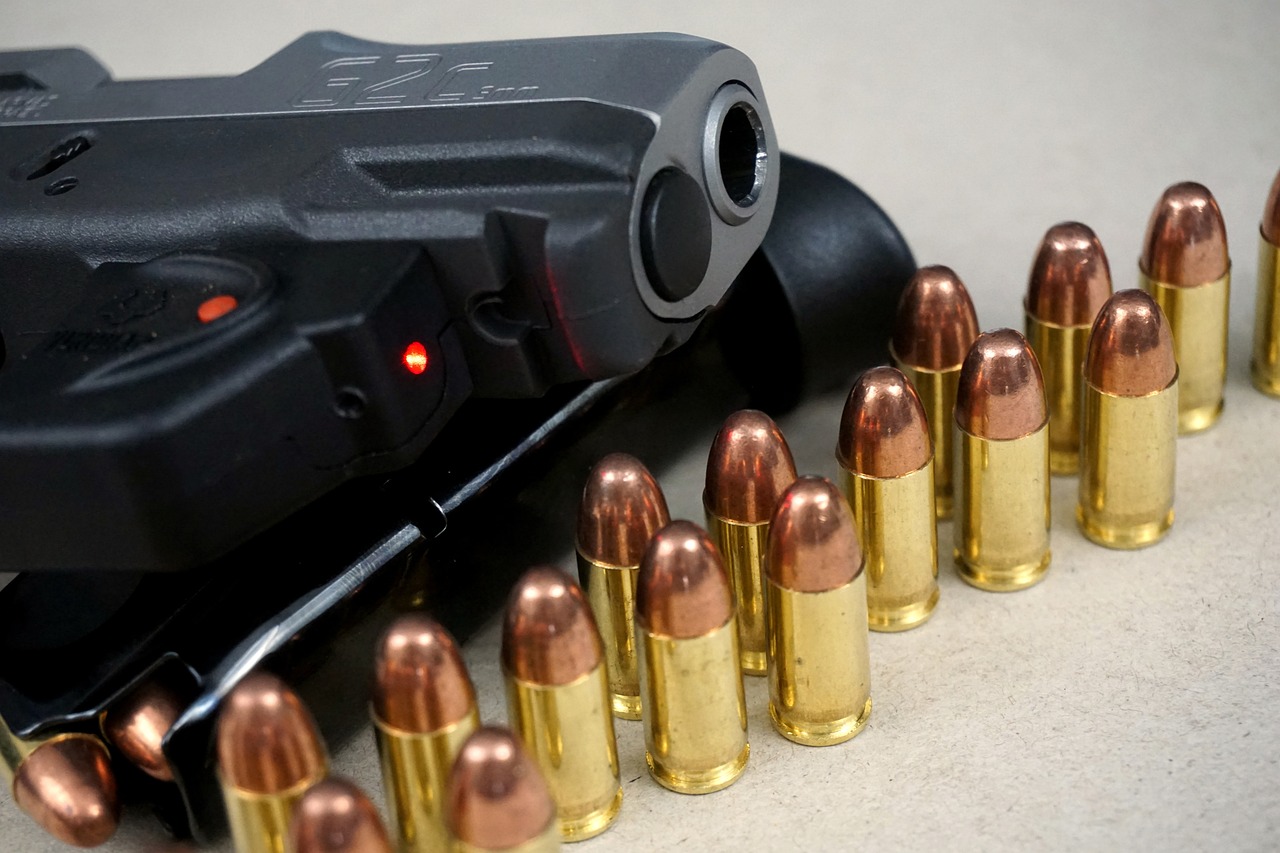
Visualizing Potential Scenarios
When it comes to self-defense, the mind is just as crucial as physical skills. Visualization is a powerful mental technique that can prepare you for real-life confrontations. Imagine yourself in various situations where you might need to defend yourself. This isn’t just daydreaming; it’s about creating a mental blueprint that you can rely on when the pressure is on. Think of it as rehearsing for a performance, where every detail matters. The more vividly you can picture these scenarios, the better prepared you’ll be to react instinctively when faced with a threat.
To effectively visualize potential scenarios, find a quiet space where you can focus without distractions. Close your eyes and take a few deep breaths to center yourself. Now, picture a scenario—perhaps you’re walking down a dimly lit street and notice someone following you. How do you feel? What are your immediate thoughts? Visualize your body language, your stance, and your potential responses. Do you confront the person? Do you create distance? The key is to explore various outcomes, allowing your mind to grapple with different choices and their consequences. This process not only sharpens your decision-making skills but also diminishes fear and anxiety.
It's also beneficial to visualize different types of threats. Consider scenarios such as:
- A verbal confrontation in a crowded place
- A sudden physical attack from behind
- A situation where you need to protect someone else
By running through these scenarios in your mind, you can better prepare yourself for the unexpected. Visualization isn’t about predicting the future; it’s about making your brain familiar with potential challenges, so you can respond with confidence rather than hesitation.
Additionally, you might want to create a mental rehearsal schedule. Set aside time each week to practice these visualizations. Just like athletes visualize their performances before a big game, you can train your mind to react effectively in self-defense situations. Remember, the goal is to transform your fear into readiness. The more you practice, the more your brain will be primed to handle real-life confrontations with ease.
To wrap it up, visualization can be a game-changer when it comes to self-defense. It equips you with the mental tools needed to navigate potentially dangerous situations. So, take the time to visualize, rehearse, and prepare your mind. It’s an investment in your safety and confidence.
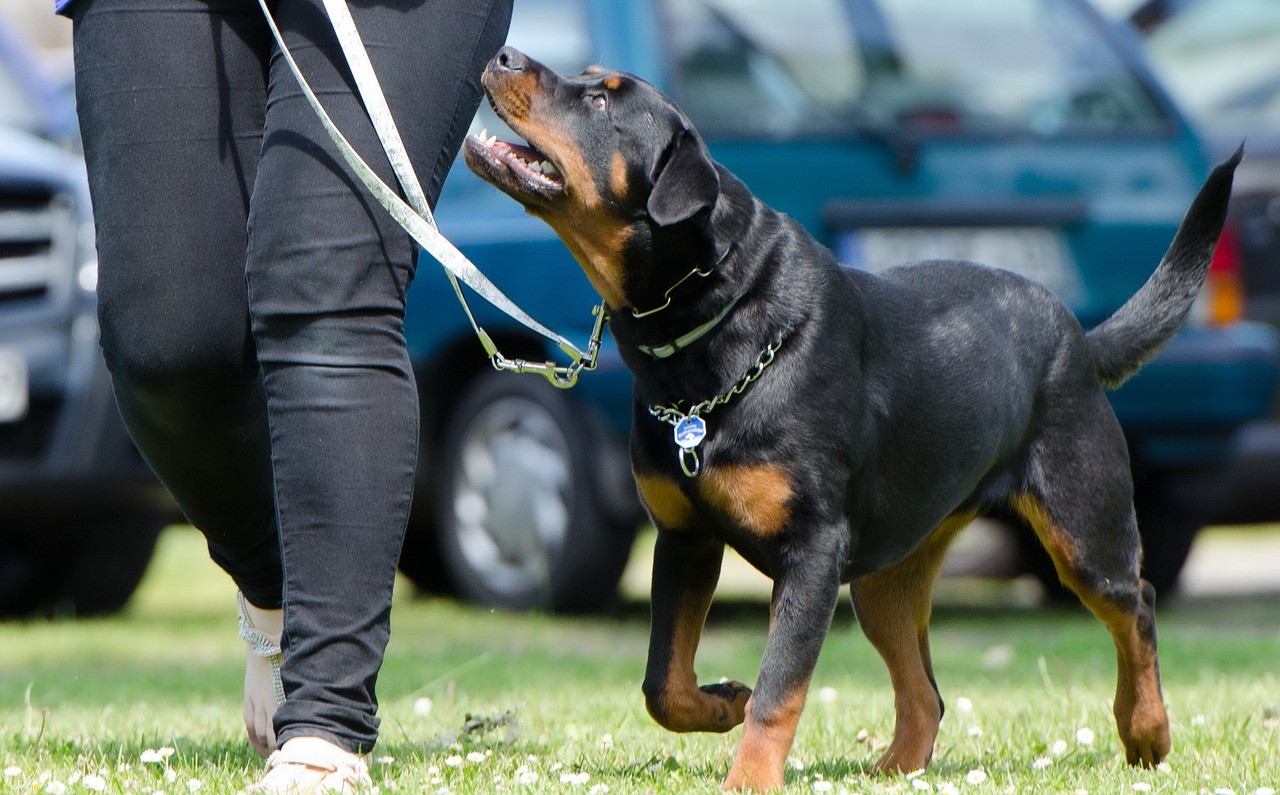
Creating Mental Rehearsals
When it comes to self-defense, preparation goes beyond just physical training; it also heavily relies on your mental readiness. One of the most effective ways to enhance this mental preparedness is through . Imagine this: you're walking down a dimly lit street, and suddenly you sense that something isn't right. Your heart races, and your mind goes blank. But what if you had already run through various scenarios in your mind? This is where mental rehearsals come into play. They allow you to visualize potential threats and practice your responses, making it easier to react instinctively when faced with real danger.
To create effective mental rehearsals, start by visualizing specific scenarios that could happen in your daily life. Picture yourself in different environments—perhaps at a park, in a crowded subway, or even at a local store. Each setting presents unique challenges and potential threats. As you imagine these situations, consider the following:
- What type of threat could you encounter?
- How would you assess the situation?
- What actions would you take to protect yourself?
As you mentally rehearse, try to engage as many senses as possible. Hear the sounds around you, feel the textures of surfaces, and even smell the air. The more vividly you can imagine the scenario, the more prepared your mind will be when faced with a real-life situation. This technique is akin to an athlete visualizing their performance before a big game; it primes their brain for success.
Additionally, consider incorporating a variety of responses into your rehearsals. For instance, you might visualize using verbal de-escalation techniques, physical self-defense moves, or even escape strategies. By practicing multiple responses, you create a mental toolbox that you can draw from when needed. Remember, the goal is to develop confidence and instinct, so don't shy away from imagining yourself successfully handling the situation. The more you practice these mental scenarios, the more automatic your reactions will become.
Finally, it's essential to review your mental rehearsals regularly. Just like physical training, mental preparation requires consistent practice. Set aside time each week to run through your scenarios, tweaking them as necessary based on new insights or experiences. This ongoing practice will help solidify your mental readiness, ensuring that when a real threat arises, your mind is already equipped to handle it.
Q1: How often should I practice mental rehearsals?
A1: It's beneficial to practice mental rehearsals at least once a week. Consistency helps reinforce your mental preparedness.
Q2: Can mental rehearsals be used for anything other than self-defense?
A2: Absolutely! Mental rehearsals can enhance performance in various areas, such as public speaking, sports, and even everyday decision-making.
Q3: What if I can't visualize scenarios clearly?
A3: If visualization is challenging, try writing down your scenarios or discussing them with a friend. Engaging in conversation can help clarify your thoughts and improve your mental imagery.
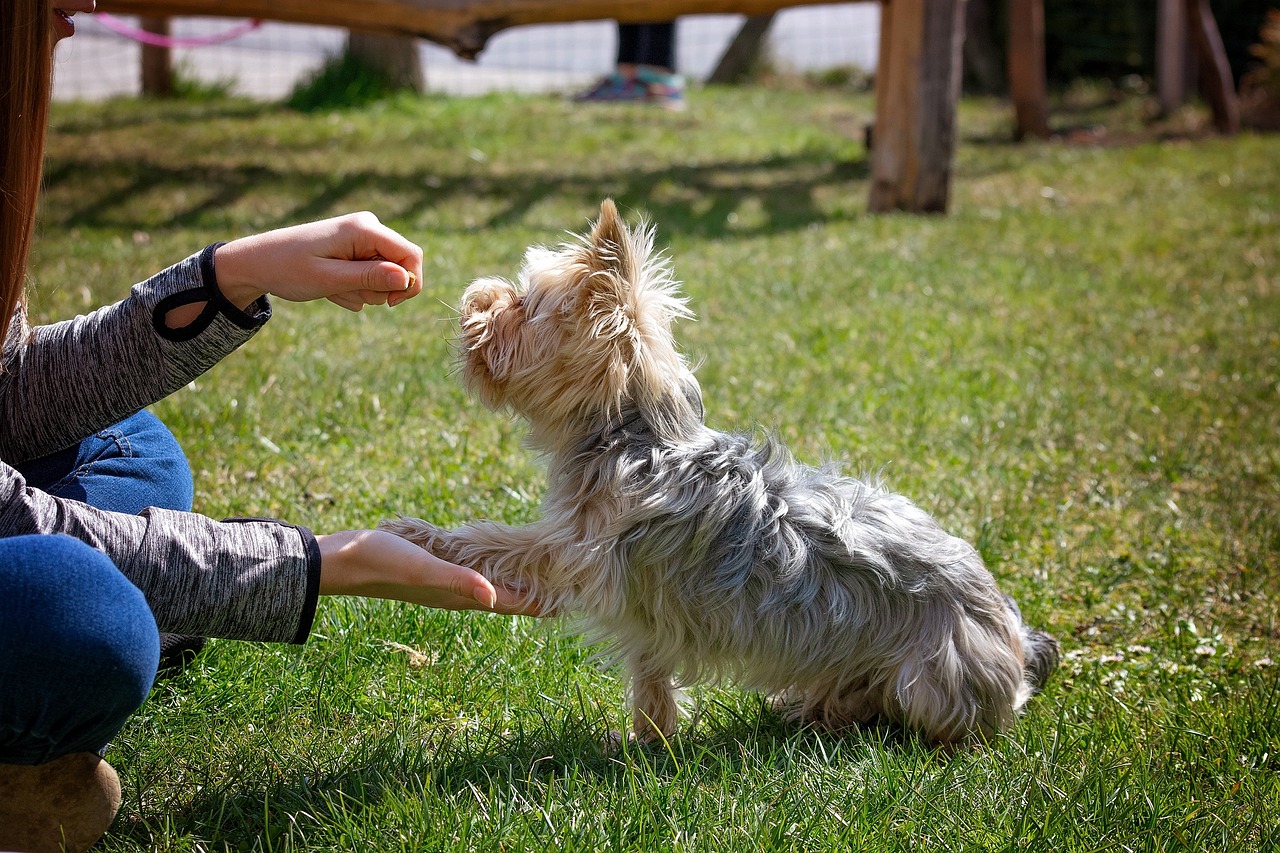
Incorporating Breathing Techniques
In the heat of a self-defense situation, your body can go into overdrive, pumping adrenaline through your veins and clouding your judgment. This is where breathing techniques come into play. By learning to control your breath, you can effectively manage your stress levels and maintain clarity in a chaotic environment. Think of your breath as your personal anchor; it can ground you when everything else feels like it's spiraling out of control.
One of the most effective techniques is the 4-7-8 breathing method. This technique involves inhaling through your nose for a count of four, holding that breath for seven seconds, and then exhaling slowly through your mouth for a count of eight. By practicing this method regularly, you can train your body to respond more calmly in high-pressure situations. Here's a simple breakdown:
| Step | Action | Duration |
|---|---|---|
| 1 | Inhale through your nose | 4 seconds |
| 2 | Hold your breath | 7 seconds |
| 3 | Exhale through your mouth | 8 seconds |
In addition to the 4-7-8 technique, you might also find diaphragmatic breathing beneficial. This method involves breathing deeply into your diaphragm rather than shallowly into your chest. By expanding your belly as you inhale, you can take in more oxygen and promote relaxation. Imagine inflating a balloon; as you fill it with air, it expands and becomes more stable. This stability is what you want to achieve in your body during a self-defense situation.
It's also important to practice these techniques regularly, not just when you feel stressed. By incorporating them into your daily routine—perhaps during meditation or yoga sessions—you can make these techniques second nature. When the time comes to defend yourself, your body will instinctively respond with calmness and focus, rather than panic.
Lastly, remember that your breath is a powerful tool. When you feel that surge of anxiety or fear, take a moment to pause and breathe. This simple act can transform your mindset from one of fear to one of empowerment. You are not just reacting; you are taking control of the situation, and that is the essence of effective self-defense.
- How often should I practice breathing techniques? It's ideal to practice daily, even for just a few minutes, to build muscle memory.
- Can breathing techniques help in other stressful situations? Absolutely! These techniques are beneficial in various high-pressure scenarios, such as public speaking or exams.
- What if I feel dizzy while practicing these techniques? If you feel dizzy, return to normal breathing and consult a healthcare professional if it persists.
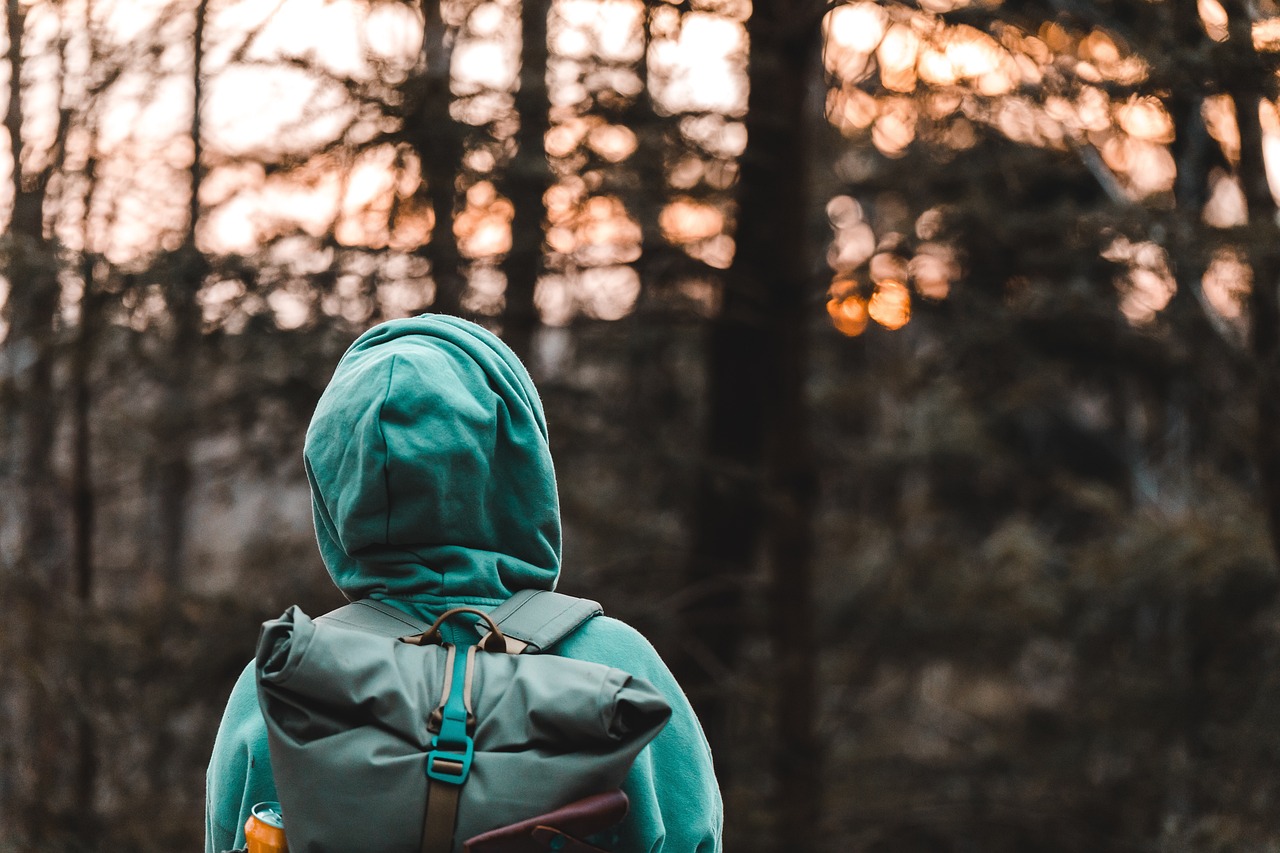
Setting Personal Boundaries
Setting personal boundaries is not just about saying "no" to unwanted advances; it's about establishing a clear understanding of your limits and ensuring that others respect them. Personal boundaries act as a protective shield, allowing you to navigate social interactions with confidence and clarity. Think of them as invisible lines drawn in the sand, defining what is acceptable behavior towards you and what is not. When you know your boundaries, you can better recognize when someone is crossing them, which is essential in self-defense situations.
Establishing these boundaries starts with self-reflection. Ask yourself questions like: What makes me uncomfortable? What situations do I want to avoid? This self-awareness will help you articulate your limits more effectively. For example, if you feel uneasy in crowded places, you might decide that you won’t stay in such environments for too long. By clearly defining these limits, you empower yourself to take action when necessary.
Moreover, it’s crucial to communicate your boundaries to others. This doesn't mean you have to be confrontational; rather, it can be as simple as expressing your feelings honestly. For instance, if a friend tends to joke about sensitive topics, let them know that it makes you uncomfortable. By doing this, you not only educate them about your boundaries but also reinforce your own self-worth. Remember, it's not just about setting boundaries; it's about maintaining them. If someone disregards your boundaries, it’s essential to stand firm and reiterate your limits. This demonstrates that you value yourself and expect others to do the same.
In addition to verbal communication, non-verbal cues can also play a significant role in setting boundaries. Your body language, facial expressions, and even your tone of voice can convey your comfort levels. For example, if someone is standing too close for your comfort, taking a step back can send a clear message without uttering a word. This is where situational awareness comes into play, as being aware of your surroundings can help you maintain your personal space and avoid potential threats.
Ultimately, setting personal boundaries is about creating a safe environment for yourself. It’s a proactive approach that not only helps in self-defense situations but also fosters healthier relationships. When you respect your own boundaries, you encourage others to respect them too. So, take the time to evaluate your limits, communicate them clearly, and stand by them. Your safety and well-being depend on it!
- What are personal boundaries? Personal boundaries are the limits you set for yourself in relationships and interactions, defining what is acceptable behavior towards you.
- Why are personal boundaries important for self-defense? They help you recognize when someone is crossing a line, empowering you to respond appropriately to potential threats.
- How can I effectively communicate my boundaries? You can communicate your boundaries verbally by expressing your feelings honestly and using non-verbal cues to reinforce your comfort levels.
- What should I do if someone disrespects my boundaries? Stand firm and reiterate your limits, making it clear that you expect respect for your personal space and feelings.
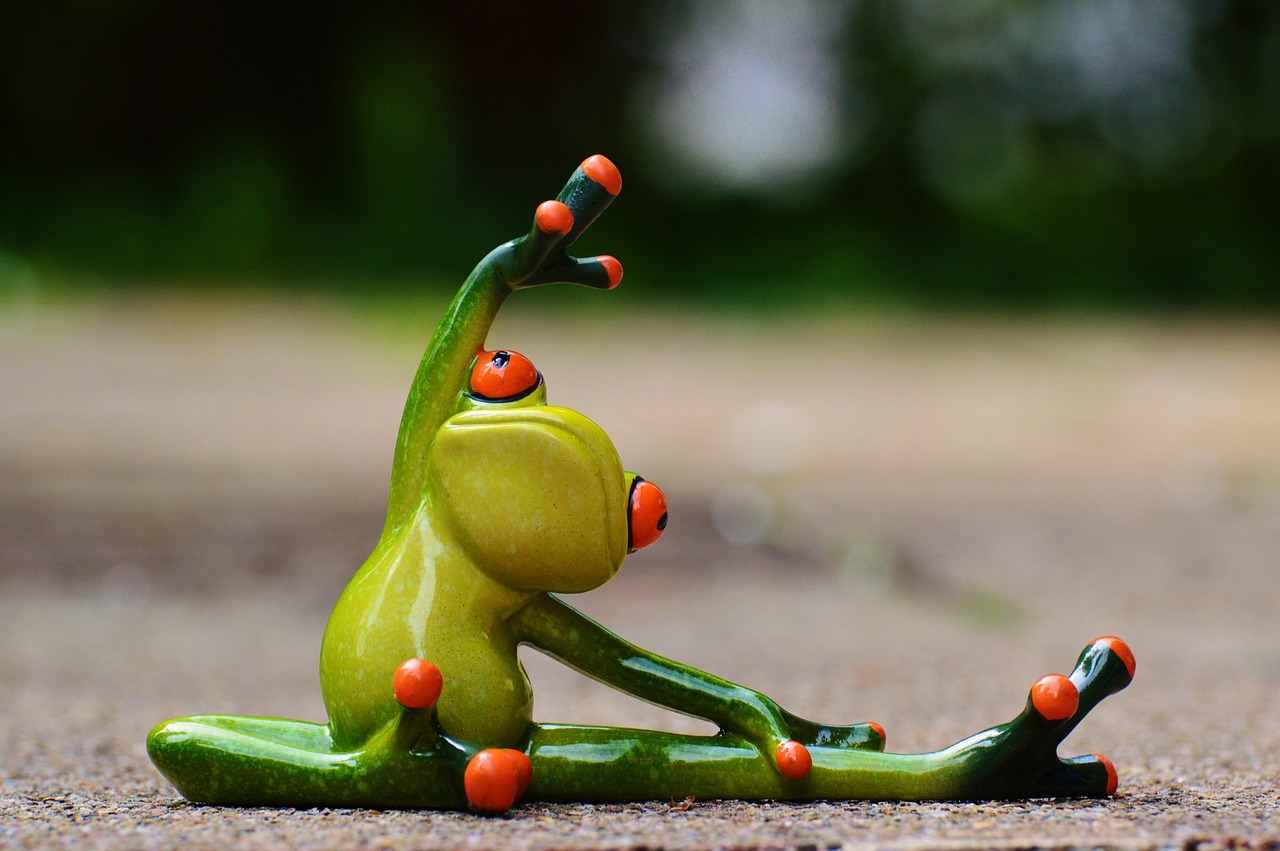
Building Situational Awareness
When it comes to self-defense, having a strong sense of situational awareness is like having a superpower. Imagine walking into a crowded room and instantly sensing the vibe—who's friendly, who's tense, and where the exits are. This skill is not just about being alert; it's about tuning into your environment and understanding the dynamics at play.
To truly cultivate your situational awareness, you need to engage in a few key practices. First, it's essential to observe your surroundings. This means not just looking, but actively watching. Take note of the people around you, their behaviors, and any unusual activities. For example, if someone seems out of place, ask yourself why. Is their body language aggressive? Are they avoiding eye contact? These cues can provide critical information about potential threats.
Next, practice the 360-degree awareness technique. This involves being conscious of everything happening around you, not just what's directly in front of you. Train your mind to scan your environment regularly. You might think of it as a radar system—constantly checking for anything that seems off. This can be especially useful in public spaces like parks or busy streets where threats can emerge from any direction.
Another important aspect is anticipating potential threats. This doesn’t mean living in fear, but rather being prepared. Consider the types of situations that could arise in your daily life. For instance, if you’re walking alone at night, think about how to respond if someone approaches you unexpectedly. What would you do? How would you position yourself? By mentally rehearsing these scenarios, you’ll be better prepared to react swiftly and effectively if a situation arises.
Moreover, maintaining a calm demeanor is crucial. When you exude confidence and control, you’re less likely to attract unwanted attention. Criminals often look for easy targets—those who appear distracted or frightened. By staying composed and aware, you not only protect yourself but also send a message that you’re not an easy mark.
Lastly, consider keeping a situational awareness journal. After an outing, jot down any observations or feelings you had about your environment. Did you notice anything unusual? Were there moments when you felt uneasy? Reflecting on these experiences can help you sharpen your instincts and improve your awareness over time.
In conclusion, building situational awareness is a continuous process that requires practice and mindfulness. By honing this skill, you empower yourself to recognize threats before they escalate and respond effectively when necessary. Remember, it’s not just about being aware; it’s about being prepared.
- What is situational awareness? Situational awareness is the ability to perceive, comprehend, and anticipate potential threats in your environment.
- How can I improve my situational awareness? You can improve it by practicing observation, maintaining a calm demeanor, and regularly reflecting on your experiences.
- Is situational awareness only important in self-defense? No, situational awareness is beneficial in various aspects of life, including driving, traveling, and everyday interactions.
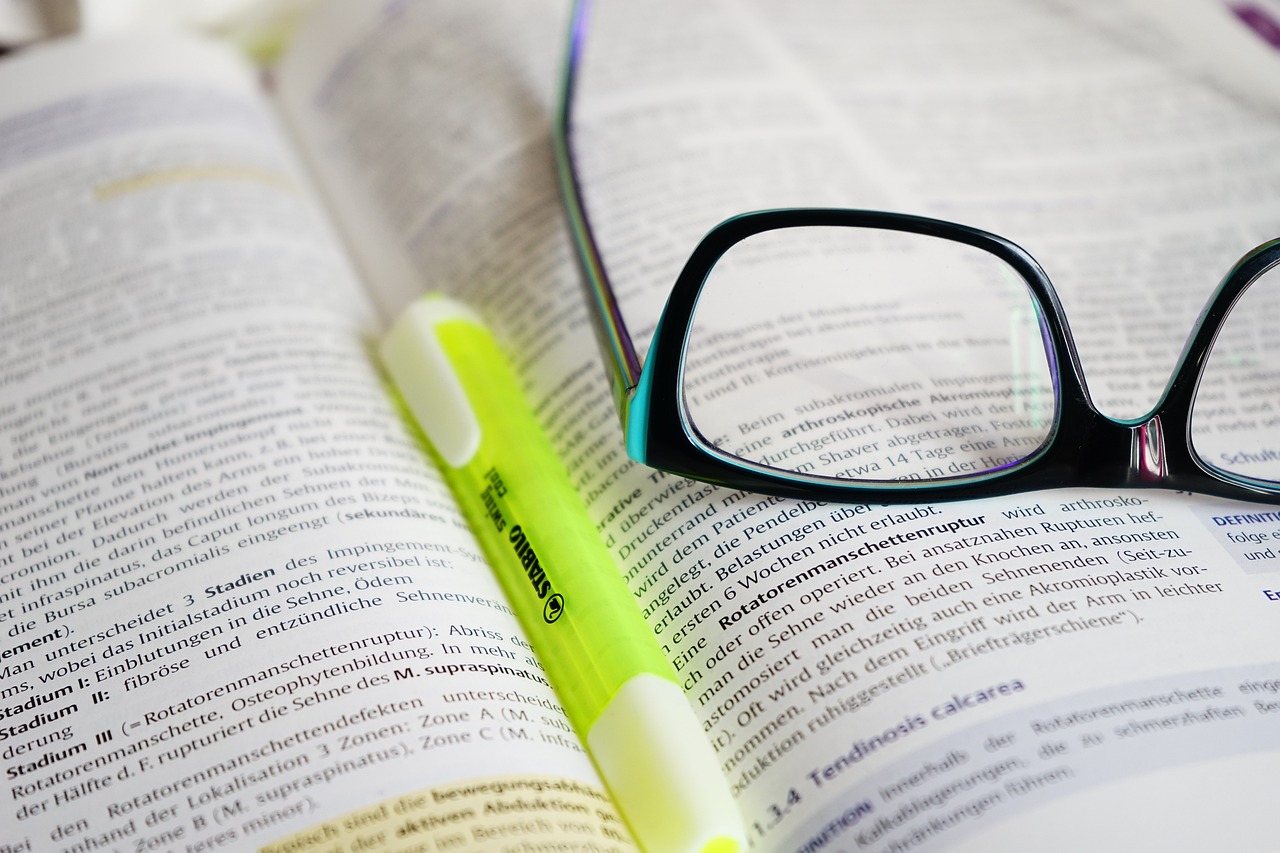
Developing a Positive Mindset
When it comes to self-defense, your mindset can be your greatest ally or your worst enemy. Developing a positive mindset isn't just about thinking happy thoughts; it’s about cultivating a mental environment where confidence and resilience can flourish. Imagine standing in front of a mirror, looking at yourself, and saying, "I am capable, I am strong, and I can handle whatever comes my way." This simple act of self-affirmation can set the tone for your mental readiness, making it easier to confront challenges head-on.
A positive mindset can transform how you perceive threats and challenges. Instead of viewing a self-defense situation as a daunting obstacle, you can reframe it as an opportunity to demonstrate your skills and resilience. This shift in perspective can empower you, allowing you to approach potential confrontations with a sense of control rather than fear. Think of it like gearing up for a big game; you wouldn’t step onto the field without believing in your abilities, right? The same applies to self-defense.
One effective way to nurture a positive mindset is through affirmations and self-talk. These techniques involve repeating positive statements that reinforce your belief in your abilities. For instance, you might say to yourself, "I trust my instincts," or "I am prepared for any situation." The more you practice these affirmations, the more ingrained they become in your psyche, helping to build a mental fortress against doubt and anxiety.
Consider creating a list of affirmations that resonate with you. Here are a few examples to get you started:
- I am aware and alert.
- I can respond effectively in any situation.
- I have the skills to protect myself.
- I remain calm under pressure.
Another powerful method to develop a positive mindset is to learn from past experiences. Reflecting on previous encounters—whether they were positive or negative—can provide valuable insights. Instead of dwelling on mistakes, focus on what you learned and how you can apply that knowledge in the future. This reflective practice not only builds resilience but also enhances your ability to adapt and respond to new challenges.
Incorporating these techniques into your daily routine can create a robust mental framework that supports your self-defense training. Just like athletes visualize their performance before a game, you can visualize yourself successfully handling a self-defense situation. This mental rehearsal can boost your confidence and prepare you for real-life scenarios.
Ultimately, developing a positive mindset is about creating a mental landscape where fear is diminished, and confidence reigns supreme. It’s about knowing that you have the tools to protect yourself and that you can handle whatever comes your way. So, the next time you find yourself in a challenging situation, remember: your mindset is a powerful tool. Embrace positivity, and watch how it transforms your approach to self-defense.
Q: How can I maintain a positive mindset in stressful situations?
A: Practice deep breathing, use positive affirmations, and visualize successful outcomes to help maintain your composure.
Q: What are some effective affirmations for self-defense?
A: Affirmations such as "I am strong," "I trust my instincts," and "I can handle any situation" can be very effective.
Q: How can I learn from past self-defense experiences?
A: Reflect on what happened, identify what worked and what didn’t, and use those insights to prepare for future encounters.
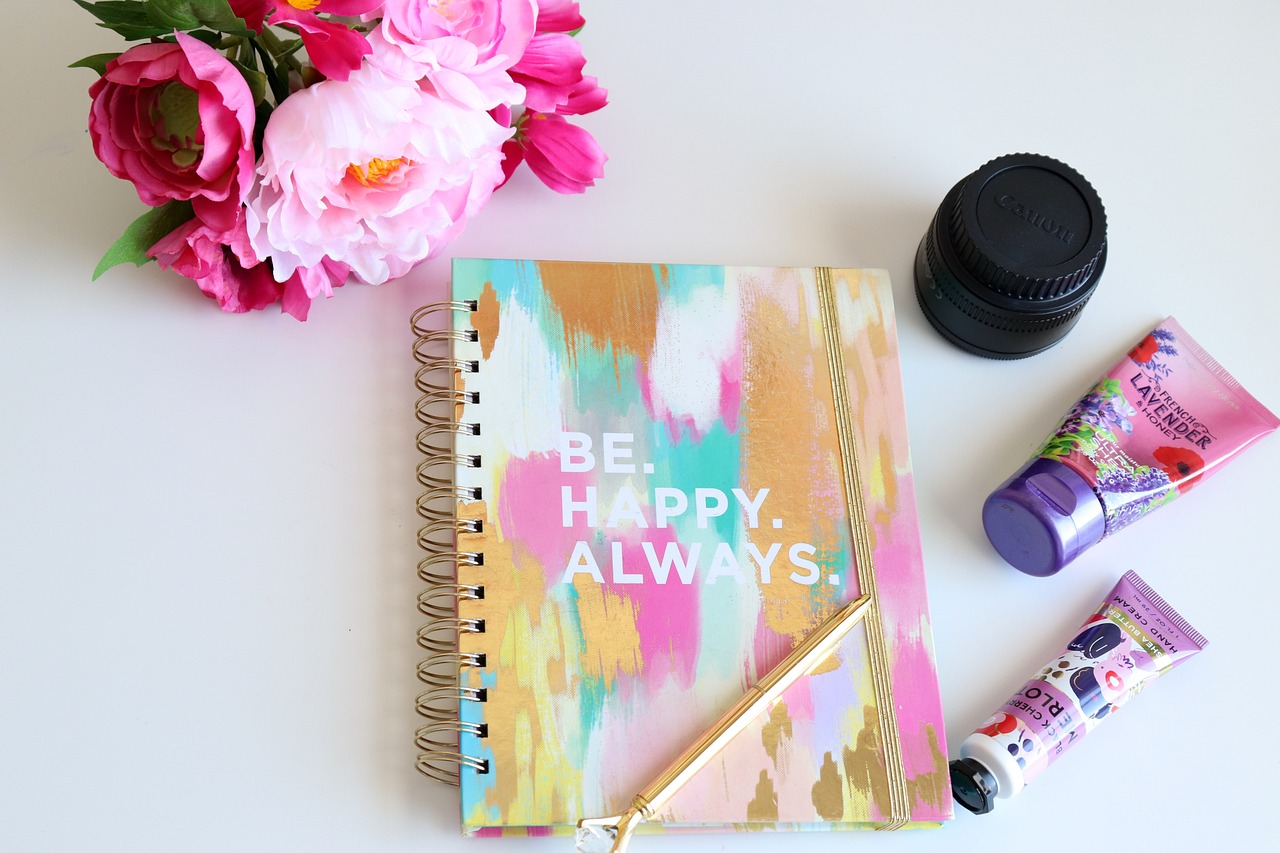
Affirmations and Self-Talk
When it comes to preparing for self-defense situations, affirmations and self-talk are powerful tools that can significantly enhance your mental readiness. Think of your mind as a garden; what you plant and nurture will ultimately determine what grows. By using positive affirmations, you can cultivate a mindset that is not only resilient but also confident in the face of potential threats. For instance, telling yourself, “I am strong, capable, and prepared” can create a mental framework that supports your ability to react effectively when it matters most.
Self-talk is like the soundtrack of your life. If it's filled with negativity, it can drown out your confidence and heighten anxiety. On the other hand, positive self-talk can act as a motivational coach, cheering you on as you navigate through challenging situations. Imagine you're about to face a confrontation; instead of letting fear take over, you might say to yourself, “I’ve trained for this, and I know what to do.” This shift in dialogue can make a world of difference.
To make these affirmations even more effective, consider incorporating them into your daily routine. You could write them down and place them where you’ll see them often, like your bathroom mirror or your workspace. Repetition is key; the more you say them, the more they’ll resonate within you. Here’s a quick table illustrating some examples of affirmations you might find helpful:
| Affirmation | Purpose |
|---|---|
| I am in control of my reactions. | Empowers you to respond thoughtfully. |
| I trust my instincts. | Boosts confidence in your decision-making. |
| I am strong and capable. | Reinforces physical and mental strength. |
| I can handle whatever comes my way. | Encourages resilience and adaptability. |
In addition to affirmations, practicing self-talk in a constructive way can also help you prepare mentally. For example, when reflecting on your training or past experiences, ask yourself questions like, “What did I learn from that situation?” or “How can I improve next time?” This kind of reflective self-talk allows you to grow and adapt, turning every experience into a stepping stone for future success.
Ultimately, the combination of affirmations and self-talk can create a mental environment that not only prepares you for self-defense situations but also fosters a sense of empowerment in your everyday life. So, as you continue your journey towards self-defense readiness, remember that the words you speak to yourself can shape your reality. Make them count!
- What are affirmations?
Affirmations are positive statements that can help you challenge and overcome negative thoughts. They are often used to boost confidence and self-esteem. - How often should I practice affirmations?
It's beneficial to practice affirmations daily. The more you repeat them, the more they become a part of your mindset. - Can self-talk really affect my performance?
Absolutely! Positive self-talk can enhance your confidence and performance by reducing anxiety and promoting a proactive mindset. - What if I struggle with negative self-talk?
Start by recognizing those negative thoughts and consciously replacing them with positive affirmations. It takes practice, but it can be done!

Learning from Past Experiences
Reflecting on past experiences is not just a way to reminisce; it's a powerful tool for growth, especially when it comes to self-defense. Think about it: every encounter, whether it was a close call or a full-blown confrontation, is a lesson waiting to be learned. By taking the time to analyze these moments, you can uncover patterns in your reactions, identify what worked, and highlight areas for improvement. This process is akin to watching game film after a sports match; you get to see the plays that led to success and those that fell flat.
One effective method is to keep a personal journal dedicated to your self-defense experiences. In this journal, you can document not just the events themselves, but also your thoughts and feelings during those moments. Consider including the following:
- Date and Time: When did the incident occur?
- Location: Where were you at the time?
- Context: What was happening around you?
- Your Response: How did you react? What techniques did you use?
- Outcome: What was the result of your actions?
- Lessons Learned: What would you do differently next time?
By reflecting on these elements, you can begin to form a clearer picture of your strengths and weaknesses. For instance, if you notice that you tend to freeze in high-pressure situations, this insight can guide you to focus on specific mental preparation techniques, such as visualization or mental rehearsals, to enhance your instinctual responses.
Moreover, don't hesitate to share your experiences with others. Engaging in discussions with friends, family, or self-defense peers can provide new perspectives and strategies that you might not have considered. Sometimes, just hearing how someone else handled a similar situation can spark an idea that transforms your approach to self-defense.
Lastly, remember that every experience contributes to your overall growth. Embrace the mistakes and victories alike, as they are all stepping stones on your journey to becoming more adept at self-defense. Just as a sculptor chisels away at stone to reveal a masterpiece, you too are shaping your skills through reflection and learning.
Q: How can I effectively learn from my past self-defense experiences?
A: Start by keeping a journal to document your encounters, noting key details and emotions. Reflect on what worked and what didn't, and consider discussing your experiences with others for additional insights.
Q: Is it beneficial to share my experiences with others?
A: Absolutely! Sharing your experiences can provide new perspectives and strategies, and it can also foster a sense of community and support among those interested in self-defense.
Q: What if I feel ashamed or embarrassed about past encounters?
A: It's important to remember that everyone has moments they wish they could change. Use those feelings as motivation to learn and improve, rather than as a source of shame.
Frequently Asked Questions
- Why is mental preparation important for self-defense?
Mental preparation is essential because it equips you with the ability to stay calm and focused during a confrontation. When your mind is ready, you can react more effectively, making quick decisions that could be crucial for your safety.
- How can visualization techniques enhance my self-defense skills?
Visualization techniques allow you to mentally rehearse various self-defense scenarios. By imagining yourself in different situations, you can improve your response time and decision-making skills, making you feel more confident when faced with real threats.
- What are mental rehearsals, and how do they work?
Mental rehearsals involve vividly imagining yourself successfully responding to a threat. This practice can help develop your instinctual reactions and boost your confidence, so when a real situation arises, your mind and body are prepared to act.
- Can breathing techniques really help in high-pressure situations?
Absolutely! Controlled breathing techniques can calm your nerves and help you maintain focus. By practicing deep, slow breaths, you can reduce anxiety, allowing you to think clearly and react appropriately when it matters most.
- How do personal boundaries contribute to self-defense?
Setting personal boundaries empowers you to recognize when someone is crossing a line. By understanding your limits, you can react more effectively to potential threats, making it easier to assert yourself in uncomfortable situations.
- What is situational awareness, and why is it important?
Situational awareness is the ability to recognize and understand your environment, including potential dangers. Developing this skill allows you to respond proactively to threats, rather than waiting to react, which can significantly increase your safety.
- How can a positive mindset improve my self-defense performance?
A positive mindset enhances your overall confidence and resilience. When you believe in your abilities and maintain an optimistic outlook, you're more likely to perform well under pressure and handle confrontations with greater ease.
- What role do affirmations and self-talk play in self-defense?
Positive affirmations and self-talk can reinforce your mental strength. By regularly affirming your capabilities and readiness, you boost your self-esteem, which can help you feel more prepared and confident in potential self-defense situations.
- How can I learn from past experiences in self-defense?
Reflecting on past experiences allows you to analyze what worked and what didn't during previous encounters. This insight is invaluable for improving your future self-defense preparedness, helping you to adapt and grow from each situation.



















